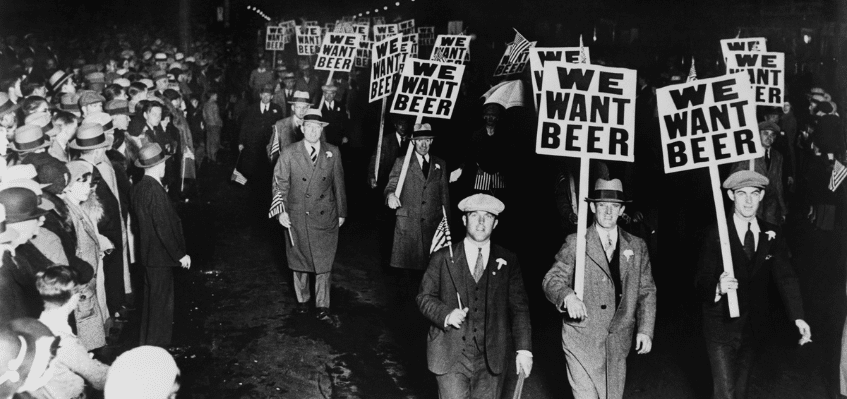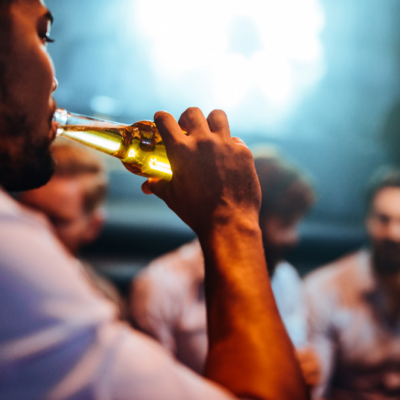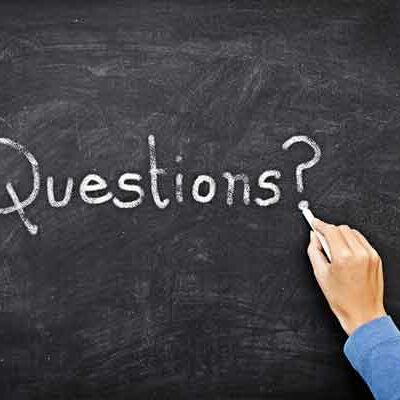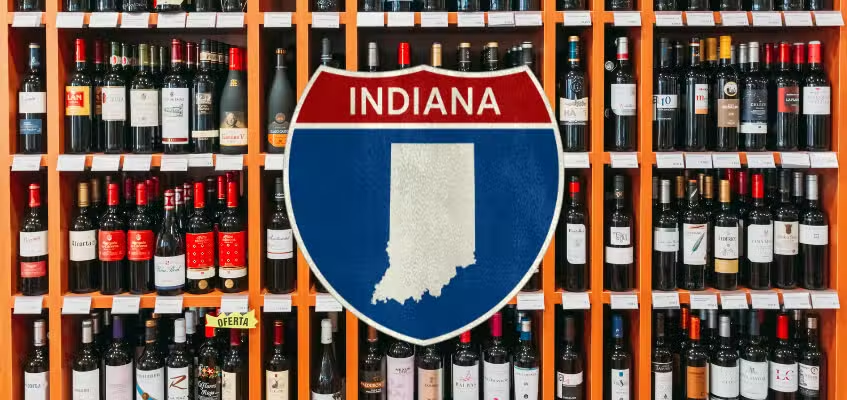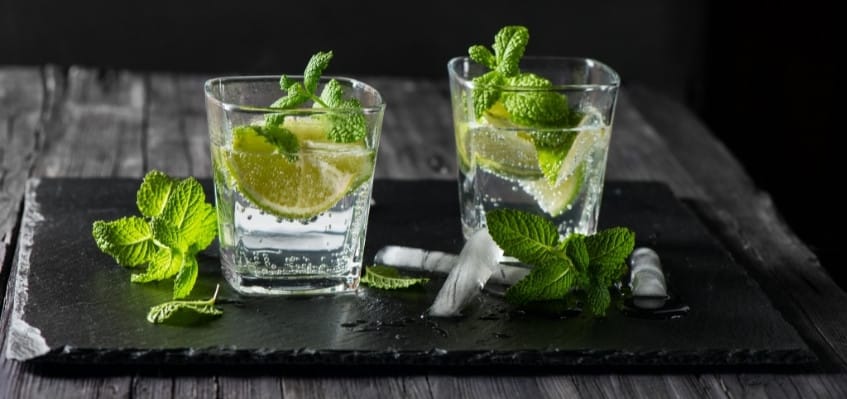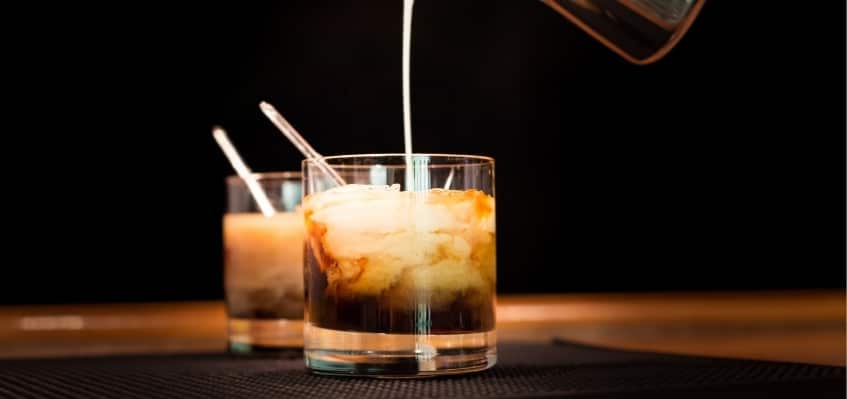While the idea of not being able to drink alcohol is uncommon for most, there are still cities, counties, and states with strict, prohibition-esque drinking laws. In parts of Arkansas, Georgia, Kansas, Kentucky, Mississippi, South Dakota, Tennessee, and Texas, for instance, there are “dry” counties or those that don’t sell alcohol. Technically speaking, Kansas, Mississippi, and Tennessee are considered “dry” states. Starting in 1920 and spanning 13 years, prohibition caused a temporary ban on alcohol.
Why did Prohibition Start?
Prohibition began on January 16, 1919, as a cultural movement of various Christian denominations and human rights organizations, with the help of political figures, trying to stop the sale and consumption of alcohol. This total ban came after a partial wartime ban was implemented on November 18, 1918, to save grain backstock. This decision was seen as a religious crusade as protestants, progressive Democrats and Republicans, the Woman’s Christian Temperance Union, and the Anti-Saloon League joined together in hopes of promoting temperance (the act of not drinking). Only the Roman Catholics and German Lutherans rose to support keeping the alcohol industry going.
Noble Experiment
Prohibition became known as the “noble experiment.” It sought to remove the adverse side effects of drinking from society. The religious denominations against drinking said that allowing the sale of alcohol promoted alcoholism, domestic violence, corruption, and infidelity and generally went against public morals.
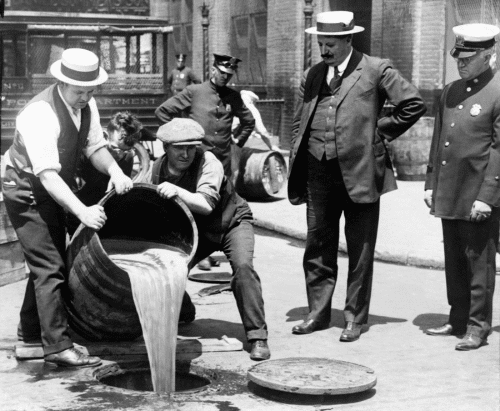
Volstead Act
As the movement gained momentum, it became a law (who remembers School House Rock’s video on how a bill becomes a law?). It passed in “supermajority” through the House of Representatives and with the majority vote in the Senate in 1919. Around this time, the Volstead Act came into place. This act outlined the restrictions and exceptions allowed during prohibition. Spearheaded by the man who managed the legislation, Andrew Volstead, the legislation would extend and further restrict the wartime prohibition in place. As well as defined what was considered alcohol (0.5 percent or higher), enforcement, jail sentences, and seizures.
Speakeasy, Bootlegging, and Smugglers
In great American fashion, prohibition had almost the opposite effect on society. Those who wished to drink continued doing it; however, it was now illegal. Bootleggers and smugglers transported alcohol across the country. Speakeasies, illegal establishments selling alcohol, began popping up. Moonshine (an American homemade alcohol staple before and after prohibition) gained notoriety. It has been accredited for the spike in organized crime as mobs and gangs began forming in major cities and as the cause for a wave of people not showing up for work (absenteeism).
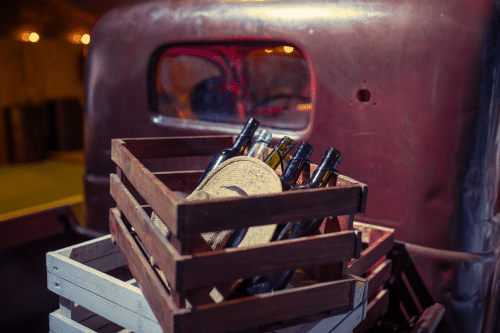
Repealing Prohibition
The public morals that pro-prohibition groups sought to improve only weakened. The weakened state of public morals caused a deterioration of support for prohibition after being in law for 13 years. In 1933, several bills were passed to lessen the restrictions on alcohol. The Cullen–Harrison Act increased the alcohol percentage by volume of beer and wine. The Blaine Act asked for the prohibition to be repealed. Most states accepted the repeal, with the final action coming on December 5, 1933, returning the alcohol sales and service industry to its former glory. Well, not really, but we’ll save that for another post.
Sources:


